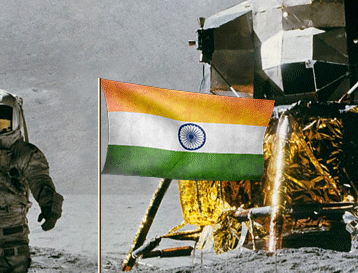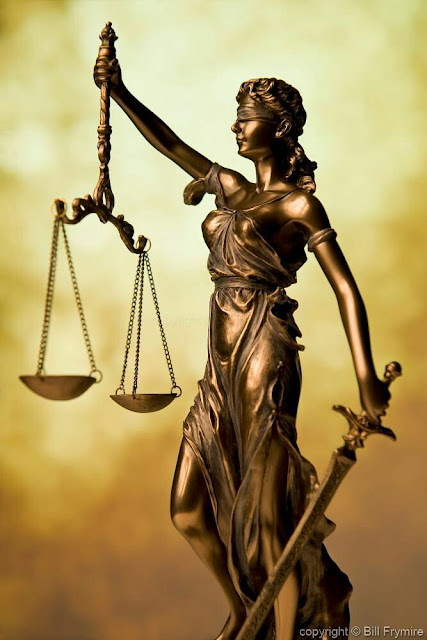INDIAN NATIONAL FLAG
INDIAN NATIONAL FLAG
The Indian National flag repr- esents the hopes and Aspirations of the people of India. It is the symbol of our National pride and one of the most respected symbols over the last seven decades. Millions of people including members of Armed forces have laid down their lives to keep the Tri colour flag flying in to its full glory.
The present flag of india is the most tangible and potent symbol of freedom. It was adopted in its present form during the meeting of constituent assembly held on 22nd June,1947. It was a Tri colour flag of deep Saffron at top, white in the middle and dark Green at the bottom in equal proportions. In the centre of the middle white strip, a navy blue wheel is present, which represents Ashoka's Dharma chakra which depicted the 'Wheel of Law' in the Sarnath Lion capital made by 3rd century BC Mauryan Emperor Ashoka. It contains 24 spokes.
But before this flag, various flags were approved and used by Indian national congress and the country. If we visit Gandhi Memorial Museum in Bombay, There we found framed pictures of old Indian Flags entitled our flag.
BRITISH STAR OF INDIA : Before the Sepoy Mutiny in 1857, the fragmented Nation of India, was represented by the individual flags of various states. After Sepoy mutiny, the British established Imperial state in India and flag was introduced to represent the British colony of India.
So,first flag was the British Star of India designed by the Britishers to represent British India. This flag was officially used to represent British India at most International Gatherings. It was designed by British Union Jack Looms with the star of India bound on a red black chop. After the Indian flag was adopted, this British Indian Flag was abolished and Indian Flag got hoisted.
SISTER NIVEDITHA'S FLAG :
This was the first Flag of India designed by the Indians. The red on this flag signifies freedom and yellow signifies victory. The weapon of India, VAJRA was depicted in the centre, with the words 'BANDE MATARAM' inscribed in Bengali. It was designed by sister Niveditha, a well known Irish disciple of Swami Vivekananda.
LOTUS /CALCUTTA FLAG : This was the first Tri colour Indian flag designed in 1906. It was Hoisted on August 7th 1906 in Parsee Bagar Square (Green Park) in Calcutta. This flag consists of three horizantal strips of Red, Yellow and Green.The words VANDE MATARAM were written on yellow strip. This was designed by SACHINDRA PRASAD BOSE and SUKUMAR MITRA. Another version of this flag was designed in 1907.It is said to have lotus instead of stars.
BERLIN COMMITTEE FLAG :
It was first raised by 'MADAM BHIKAIJI CAMA' in 1907 in Paris. It was hoisted in Paris by madam cama along with syamji krishna varma and veer savarkan. In this flag, top strip has Seven Stars and one Lotus. The seven stars represent SAPTARISHI and one Lotus represents the Country. This Flag was exhibited at Socialist Conference in Berlin. Hence came the name Berlin Committee Flag.
HOME RULE MOVEMENT FLAG :
This Flag went up in 1917, when our Political Struggle has taken a definite turn. LOKMANYA TILAK and Dr.ANNIE BESANT hoisted this flag during the Home rule movement. This flag has five Red and four Green horizantal strips arranged alternately with seven stars denoting saptarishi, and a white cresent star in right which is sacred for Muslims.
FIRST CHARKA FLAG : It was unofficially adopted in 1921, during the session of 'All India Congress Committee' in Bezawada i.e. present Vijayawada.There, an Andhra Writer and Geo Physist 'PINGALI VENKAYYA' prepared a flag and gave it to Gandhiji. It was two coloured of, Red and Green representing two major communities. Red for Hindus and Green for Muslims. Gandhi suggested to add another White strip to represent the remaining Communities of India.
SWARAJ FLAG : This is also called Congress flag or Gandhiji's flag. The year 1931 is a land mark in the history of Indian Flag. With Gandhiji's suggestion, again PINGALI VENKAYYA designed the Tri colour flag with SPINNING WHEEL (CHARKA) in the middle. It consists of Saffron, White and Green with the Mahatma Gandhi's Spinning Wheel at the centre. It was hoisted on April 13, 1923 in NAGPUR during an event comme-morating the JALLIANWALLAH BAGH Massacre. It was named the Swaraj Flag and became the symbol of India’s demand for Self-rule led by the Indian National Congress. It gained a lot of popularity due to Gandhiji's approval and Endorsement.
PRESENT FLAG :
After the independence, Ashoka's Dharma chakra was placed as an Amblem of the National flag instead of charka (spinning wheel). There is a wrong perception, that Pingali Venkayya has designed this present flag. But it's not true. Pingali Venkayya has designed the flag with spinning wheel in the centre, that is swaraj flag. But new National flag with Ashoka chakra in the middle, which we were using today as a national symbol and pride was not designed by pingali venkayya, and was designed by MRS. SURAIYA BADRUDDIN TAYABJI. Thus, the present Indian National flag was designed.
REGULATIONS AND PROTOCOLS OF NATIONAL FLAG : Representation, handling and display of the Indian National Flag is governed by :
The Flag Code India - 2002, Prevention of Improper Use of Emblems and Names Act - 1950, Prevention of Insults to National Honour Act - 1971. on 26th January 2002, the Indian flag code was modified and after several years of Independence, the citizens of India were finally allowed to Hoist the Indian flag on their Houses, Offices, Factories on any day and not only just the National days as the case earlier.


PROVISIONS OF THE CODE : some provisions were provided regarding the code that are to be strictly followed to avoid any disrespect to the National flag.
1. The flag do not be intentionally allowed to touch the ground or the floor or trail in water.2. No other flag can be placed higher than the national flag.
3. The flag should never be displayed upside down.
4. The Flag should be displayed on the right side of the entrance, as that is the position of authority when indoor.
5. The flag cannot be used as drapery or clothing.
6. The flag should be hoisted down prior to sunset and erected again after sunrise.
7.The flag pole for National Flag should be placed at the highest point of the building.
8. Private institutions, Educational Institutions like Schools, Colleges, Sports camps may display the National flag on all days and Occasions, consistent with the Dignity and Honor of the National Flag.
9. Post amendment of the Flag Code in 2002, Individual citizens may also hoist the Indian National Flag in their premises
10. On the occasion of armed forces, personnel funerals the National flag should be draped over the coffin, with the saffron towards the head. However, the National Flag should never be lowered into the grave or burnt.
11. Soiled National Flag may be disposed in private to preserve the dignity of National flag.
SIGNIFICANCE OF INDIAN NATIONAL FLAG :
 |
| INDIA IS THE FOURTH COUNTRY TO HOIST NATIONAL FLAG ON MOON. |













